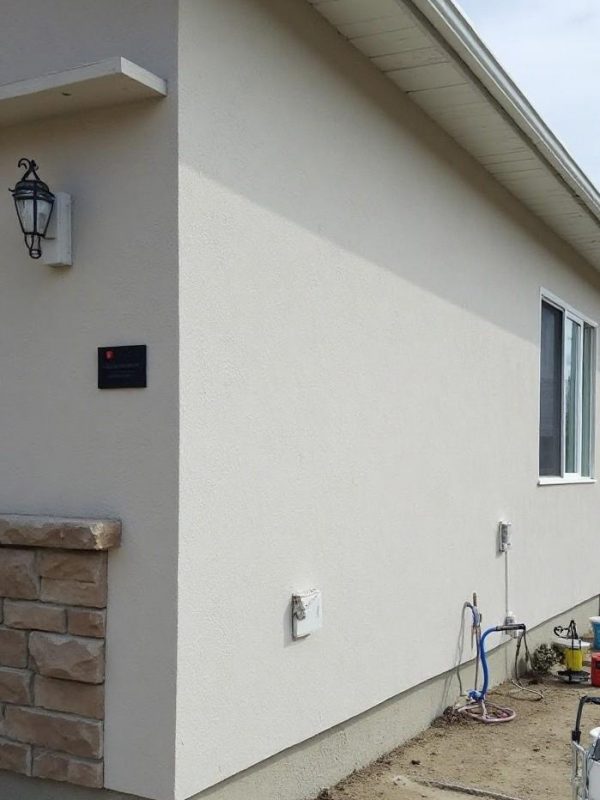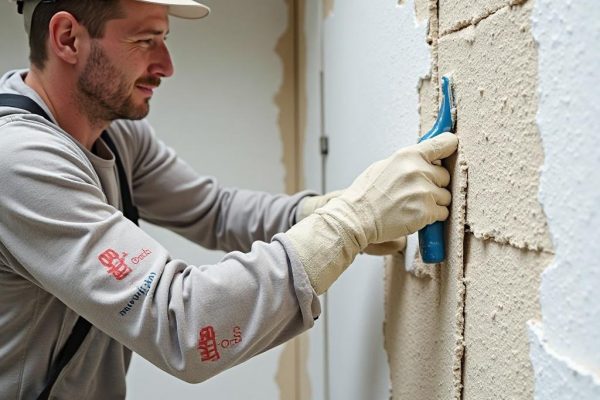
Mastering Masonry: the Strongest Fixing Methods for Lasting Durability
Introduction
Masonry has been a cornerstone of construction for centuries, known for its strength and durability. Whether you're building a new structure or maintaining an old one, understanding the best fixing methods is crucial for long-lasting results. In this article, we will guide you through essential masonry repairs and techniques tailored to homeowners and builders in Fort Saskatchewan, AB, Canada. Our goal is to equip you with the knowledge to ensure your masonry work stands the test of time.
Masonry Repairs: What You Need to Know
Understanding Masonry Repairs
Masonry repairs involve fixing broken or damaged stone, brick, or concrete structures. This can include everything from minor crack filling to major structural overhauls. Knowing when and how to perform these repairs is vital.

Common Types of Masonry Damage
Signs Your Masonry Needs Repair
- Visible cracks larger than a quarter-inch
- Bulging walls or leaning structures
- Water damage stains
- Mold growth around masonry areas
Essential Tools for Masonry Repairs
Basic Tools Needed
Safety Gear
- Gloves
- Safety goggles
- Dust mask
Preparing for Masonry Repairs
Assessing Damage
Before starting any repair work, assess the extent of the damage thoroughly. Take notes and photos if necessary.
Gather Materials
Collect all necessary materials such as mortar mix, bonding agents, and replacement bricks or stones.
Repair Methods Based on Damage Type
Crack Repair Techniques
Small Cracks
For cracks EIFS installation experts smaller than 1/4 inch:
- Clean out debris using a wire brush.
- Fill with a flexible sealant designed for masonry.
Large Cracks
For cracks larger than 1/4 inch:
- Chisel out loose material.
- Apply a patching compound that matches your existing masonry.
Spalling Repair Methods
To repair spalling:
- Remove loose pieces with a chisel.
- Clean the area thoroughly before applying new mortar.
Addressing Efflorescence Issues
To tackle efflorescence:
- Brush off the white residue dry.
- Use a water repellent on affected areas after cleaning.
Fixing Loose Mortar Joints
For loose joints:

- Chisel out old mortar carefully.
- Refill with fresh mortar using a pointing tool for smoothness.
Choosing the Right Mortar Mix for Your Project
Types of Mortar Mixes Available
Mix Ratios Explained
A common ratio is 1 part cement, 1 part lime, and 6 parts sand for Type N mortar. Adjust ratios based on project needs.
Local Considerations in Fort Saskatchewan, AB
Weather Impact on Masonry Work
Fort Saskatchewan experiences varied weather conditions that can affect masonry projects:
- Cold winters lead to freeze-thaw cycles that impact materials.
Choosing Local Suppliers and Services
Finding local suppliers ensures you get materials suited for your environment while also supporting local businesses.
Preventative Measures for Long-lasting Masonry Structures
Sealing Your Masonry Work
Applying a sealant helps prevent water infiltration and prolongs life span significantly.
Regular Inspections
Set up regular inspections every year to catch small issues before they escalate into larger problems.
FAQs about Masonry Repairs
What are signs I need masonry repairs?
Look out for visible cracks, bulging walls, water stains, or mold growth around your masonry areas.
How can I tell what type of mortar I need?
Consider the specific application (load-bearing vs non-load-bearing) and consult local guidelines if unsure.
Is it possible to do masonry repairs myself?
Yes! Many minor repairs can be DIY projects if you have some basic skills and tools; however, larger issues may require professional help.
How often should I inspect my masonry?
At least once a year is advisable; more frequent inspections may be necessary in harsh weather conditions.
Can efflorescence harm my home?
While it's not directly harmful structurally, it indicates moisture problems that could lead to more significant issues down the line if not addressed promptly.
What’s the average cost of professional masonry repair?
Costs vary widely based on location and extent of damage but generally range from $500-$3,000 depending on scope and complexity.
Conclusion
Mastering masonry involves knowing not just how to fix issues but also how to prevent them from arising in the first place. By understanding different types of damage and appropriate fixing methods outlined in this guide—tailored specifically for residents in Fort Saskatchewan—you’ll be well-equipped to handle any masonry repairs that come your way! Remember that taking preventative measures today saves you time and money tomorrow!
By following these steps and utilizing local resources effectively, you'll create durable structures that withstand both time and nature's challenges. Happy building!